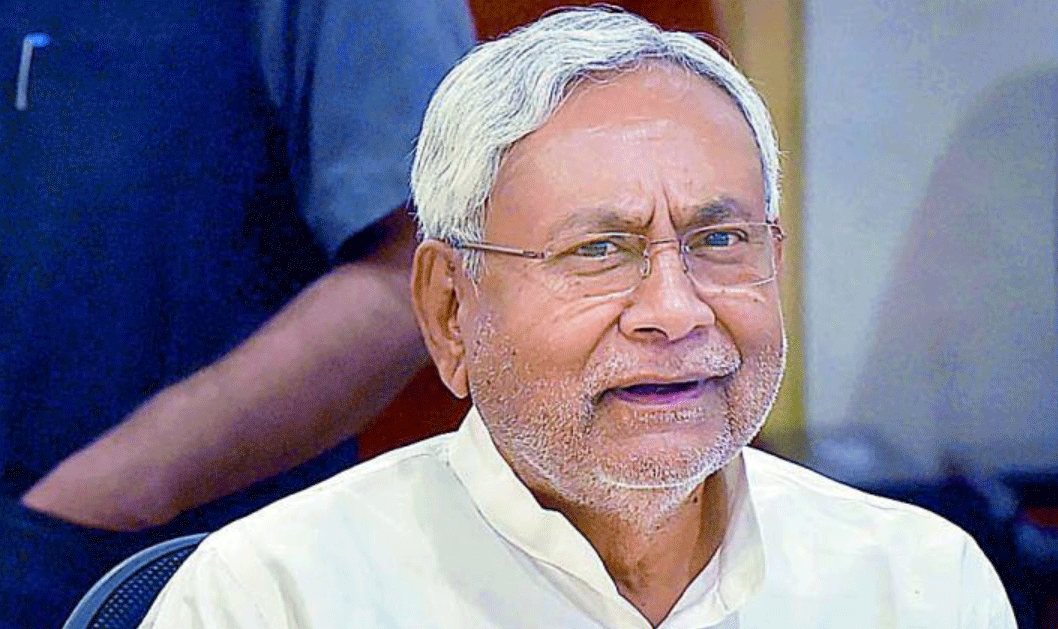Patna: The uniqueness of the Bihar Assembly Election in 2025 is primarily defined by its intense focus on governance, a youth-centric campaign, and the specific dynamics of the two major alliances, A fight between Old Guard VS Young Turk
Focus on Generational Shift and Anti-Incumbency The election is widely viewed as a decisive contest over a generational shift in leadership. Incumbent Chief Minister Nitish Kumar, who has been in power for nearly two decades, faces a significant challenge from an anti-incumbency wave. The opposition, led by Tejashwi Yadav, is presenting a young, dynamic alternative, making the election a direct test of voter appetite for change versus proven stability.
High-Stakes Alliance Dynamics The fluidity and consolidation of the two major fronts make this election pivotal. The National Democratic Alliance (NDA) comprises multiple parties but faces questions regarding the Chief Ministerial candidate, as no single name was announced before the election, which adds an element of uncertainty to the leadership structure.
The Mahagathbandhan (Grand Alliance) has positioned Tejashwi Yadav as its undisputed Chief Ministerial face, which offers a clearer alternative to voters seeking a change in power.
Manifesto Promises Centered on Direct Welfare and Employment Both major alliances have released manifestos with massive, targeted promises, setting a high bar for public expectations: The Mahagathbandhan’s central promise is a law to guarantee one government job per household and a Mai-Behin Maan Yojana promising significant monthly aid to women.
This places an unprecedented focus on immediate employment guarantees. The NDA is countering with a pledge for over one crore jobs and employment opportunities, and large women empowerment schemes like making one crore women ‘Lakhpati Didis’ (earning over a lakh annually). The campaign is less about traditional social justice rhetoric alone and more about concrete economic guarantees.
Election Commission’s Accessibility Measures The Election Commission of India has introduced significant measures to enhance accessibility, a feature that stands out in this election: First time implementation of a ‘home voting service’ for voters above 85 years of age and those with disabilities, allowing them to cast their ballot from home. Focus on Assured Minimum Facilities at polling stations, including ground-floor access and special arrangements for persons with disabilities.
The overall uniqueness lies in the direct clash between an experienced leader’s long tenure versus a young challenger’s powerful appeal centered on large-scale employment and welfare promises, all within a politically fractured state where alliance stability remains a constantly evolving factor.


